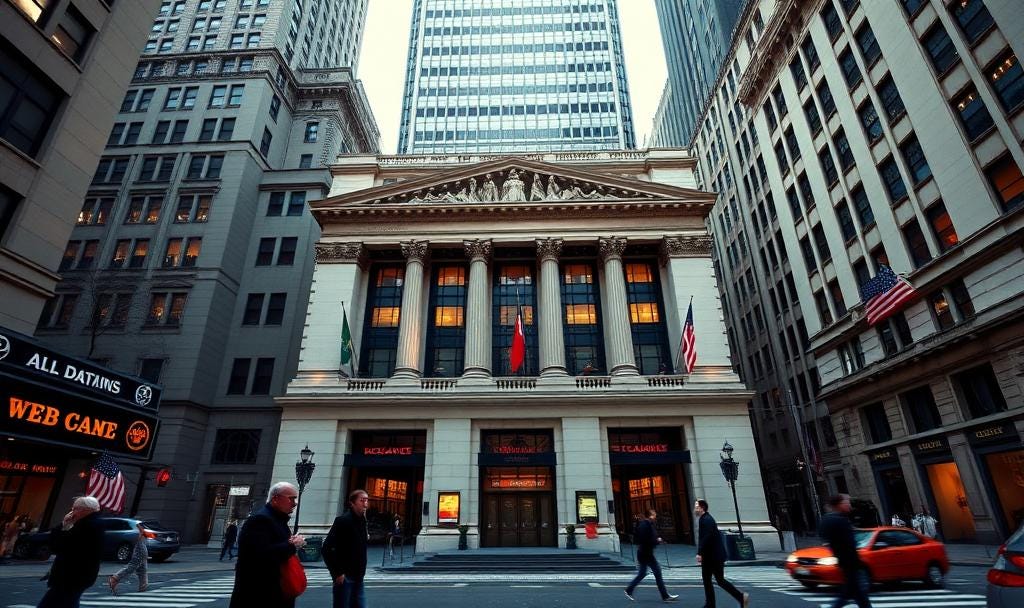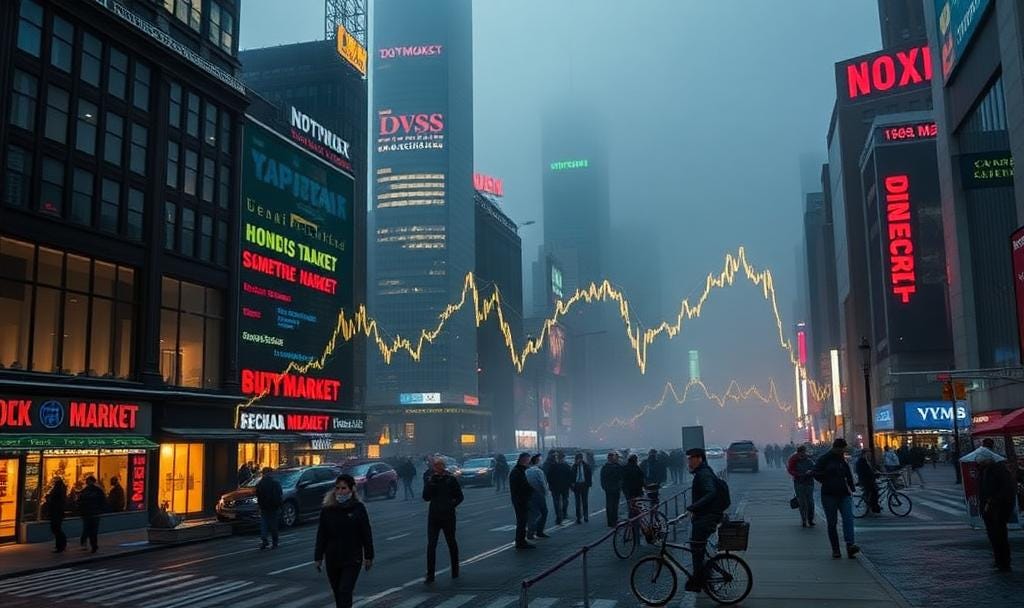The Life in Finance: Tales from the Edge of the Market
Adrenaline, Panic, and Precision: Living Through Finance’s Darkest Hours
Finance isn’t just numbers on a screen or suits on trading floors — it’s war rooms, sleepless nights, and high-stakes decisions under crushing pressure. In this article, we’ll dive into a few short stories of individuals who faced some of the most intense moments in financial history — and came out the other side.
Do you have the stamina, the instincts, and the calm mind it takes to survive when the market turns into a battlefield? Sure
The Vodafone-Mannesmann Deal (1999-2000): The $183 Billion Takeover That Shook Europe
It was the largest hostile takeover in history — a deal that tested egos, geopolitics, and the limits of financial engineering.
In late 1999, UK-based Vodafone shocked the financial world by launching a hostile bid for German telecom giant Mannesmann, valued at over $190 billion. At stake: control of the European mobile phone market at the dawn of the wireless age.
For the investment bankers at Goldman Sachs, Morgan Stanley, and Merrill Lynch, this wasn’t just a deal — it was war. Over months of marathon negotiations, global media scrutiny, and political resistance from the German government (who saw the bid as an affront to national pride), bankers worked around the clock.
Boardroom pressure was immense. Executives and advisors were flying back and forth between London, Frankfurt, and New York, conducting secret strategy sessions in hotels, private jets, and armored limos.
Mannesmann fought back fiercely, hiring elite legal and financial advisors to resist the bid, calling it “un-German.”
Vodafone’s bankers had to not only model an unprecedented share-swap structure, but also manage investor psychology, foreign exchange risks, and intense PR battles.
There were arguments and back and forth discussions and no sign of agreement.
When Vodafone finally succeeded in early 2000 — after nearly four months of nonstop tension — it was the largest corporate deal ever done.
Thrilling for the bankers? Beyond doubt. They were operating in a world of:
18-hour days,
billion-dollar modeling errors that couldn’t exist,
and phone calls that changed the fate of industries overnight.
One Goldman Sachs managing director later described it as, “The most adrenaline-fueled deal of my career — we weren’t sleeping, eating, or thinking about anything else. The markets were watching us, and we couldn’t flinch.”
Post-Acquisition Actions:
Divestitures: The European Commission's approval of the merger required Vodafone to divest certain assets, notably its stake in Orange. Vodafone also sold other Mannesmann divisions, like the pipe production activities, to other companies.
Reorganization and Repositioning: Vodafone focused on integrating Mannesmann's telecommunications division into the Vodafone Group. They also continued to develop Mannesmann's wireless internet business and reposition its industrial activities.
Integration of Personnel: Mannesmann executives, like Klaus Esser, joined the Vodafone board and took part in the integration process.
Challenges and Consequences:
Cultural Integration: The integration of different corporate cultures and skill sets was a key challenge.
Broken Promises: Vodafone ultimately didn't uphold all the promises made in the initial agreement, particularly concerning the divestment of certain Mannesmann divisions.
Financial Impact: Vodafone experienced significant losses due to one-off costs associated with the deal.
In essence, Vodafone's strategy involved a determined pursuit of the acquisition, appealing to Mannesmann's shareholders, and addressing some concerns of the German company. However, the subsequent integration and divestiture processes also involved challenges and unmet promises.
"The Floor Was Falling" – A Portfolio Manager’s Life During the Great Recession
September 15, 2008. Lehman Brothers had just collapsed.
By 4:12 AM, the portfolio manager was already at his desk. The Bloomberg terminal was a sea of red. S&P futures had plummeted. Credit spreads were exploding. Liquidity was vanishing like smoke in a hurricane.
He wasn’t just managing a few stock picks — he was overseeing billions. Pension funds, endowments, institutional money. The stakes weren’t just career-threatening — they were systemic.
Calls started at 4:30 AM.
“What’s our exposure to AIG?”
“Is Wachovia next?”
“Should we liquidate the high-yield book entirely?”
Every decision felt like triage. If he sold too late, the portfolio could be wiped. If he sold too early, he could lock in a 40% loss that never recovered. His job was to be rational while the world was panicking — and to do it with 17 screens screaming at him and five analysts waiting for orders.
He hadn’t seen his family in days. He kept a change of clothes in his office and drank espresso like water. His cell buzzed every six minutes: margin calls, redemption requests, volatility alerts.
One afternoon in October, the Dow dropped 777 points. The trading floor was dead silent. Traders stared at their screens like they were watching a slow-motion car crash.
“What do we own that's liquid?”
“How do we hedge this?”
“Can we even sell anything?”
He had to stay calm. He rebalanced into Treasuries. Dumped financials. Doubled down on gold. And when fear hit its peak, he shorted the VIX and went long select names that had no business trading at 2003 valuations.
By March 2009, the S&P was down nearly 57% from its peak. But his fund? Down 23% — bruised, but breathing. He hadn’t beaten the bear. But he had survived it.
Clients called to say thank you. A few said nothing. One fund-of-funds CIO told him, “You're the only guy in our portfolio who didn’t panic.”
That night, for the first time in months, he went home before 9 PM. He held his daughter, poured a scotch, and watched CNBC muted in the background.
The markets were chaos. But inside the storm, he had stayed on his feet.
Until next time,
Disclaimer: The content provided is for educational and informational purposes only and should not be construed as financial, investment, or legal advice





